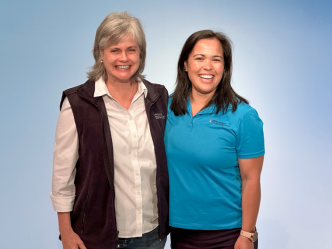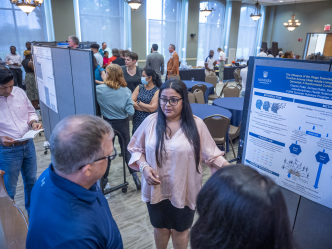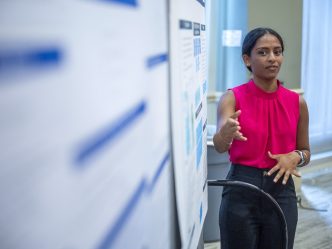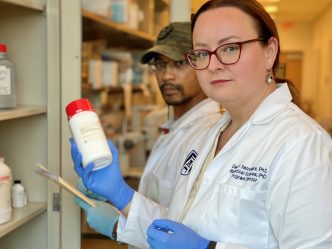Greetings from Waco, Texas, at Baylor University for week two in the REU chemistry program. Week one in the program was a great experience, and week two has been just as amazing. I conducted a lot of experiments, learned new instrumentation, and enjoyed talks from chemists respected around the country.
In terms of research, week two was very fun. There are no minimum or maximum hours that we have to spend in the lab each day, but having such an interesting project draws me into the lab for long 10-12 hour days. Most of my work in the lab this week was dedicated to trying to perform a tough ligation of a DNA insert into a vector. Because ligation does not always work, this has been a struggle, but also a great learning experience. The best part about research is the problem-solving skills it requires you to develop. I had to search through the literature for any information that might help make my ligation successful. I can then tweak my experiment and try it again. Although the ligation has yet to work, I learned more about ligation and transformation from all the reading I have done. I have also been able to conduct many different versions of my experiment in hopes that it will work. I hope I will see success in the next few days and can move forward with making the mutations in E.coli’s DnaB helicase.
This week we also heard a talk from a prominent organic chemist, Dr. John Wood. He talked about his research but emphasized that problem-solving method that all researchers must develop. It was interesting because every time we hear about a success in science, we often forget the many failures it took to get to that success. In science, failures happen daily, and a good scientist can make appropriate changes and hope for success tomorrow.
We also learned to use a few more instruments this week. On Tuesday, I attended a workshop on mass spectrometry. I learned more about the theory of this technique and got the chance to work with two really cool machines: a Fourier transform ion cyclotron resonance mass spectrometer (FT-ICR) and a Time-of-flight (TOF) mass spectrometer. These two machines together take up an entire laboratory and together cost well over a million dollars. It was a really cool experience to get to use both of these machines. On Thursday, we got to take another instrumentation workshop. We drove out to a building called the Baylor Research and Innovative Collaboration (BRIC) and were able to use a scanning tunneling microscope. This machine is the coolest piece of instrumentation I have ever touched. The machine allows us to visualize surfaces on an atomic scale. For example, we were able to use it to visualize the atomic surface of a thin sheet of graphite. It was absolutely mind-blowing to use such an amazing machine.
The department ends each week with an ice cream social for everyone in chemistry. It is a good way to meet some of the graduate students and learn what my life will be like in graduate school next year. I was also able to talk with other researchers about their work and learn things that I should be able to bring back to use in research at GRU. So far, the program has given me every opportunity to expand my knowledge as a chemist and as a person, and I look forward to what else is in store!
 Augusta University
Augusta University





